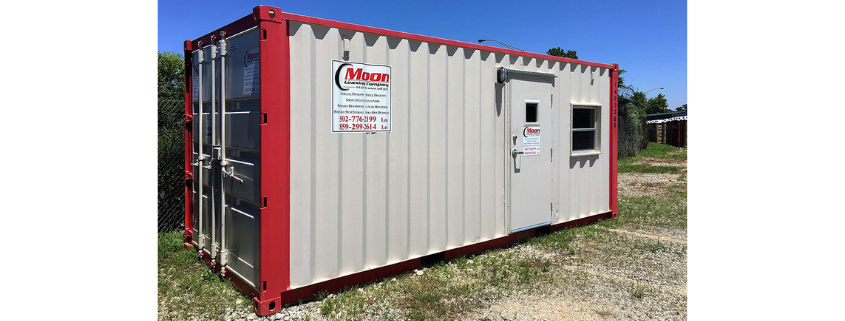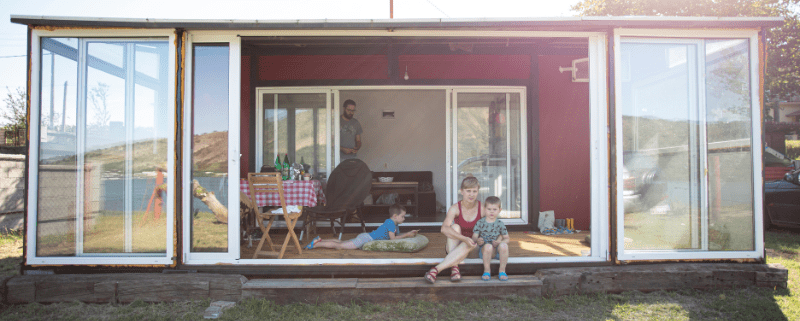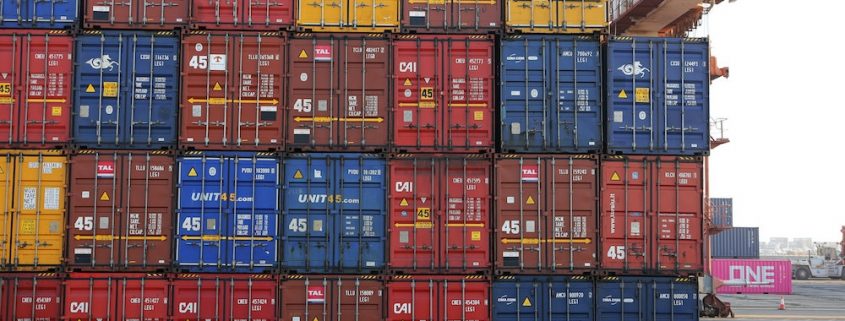Storage Container Rentals in Crestwood, KY
At Moon Trailer Leasing, we pride ourselves on providing high-quality storage container rentals, storage trailer rentals, and mobile office rentals in Crestwood, IN. We offer competitive rates, fast delivery, and reliable service to our customers in Crestwood and the surrounding areas. Whether you need extra space for personal or business use, our range of products ensures you have the right storage solution for your needs. We specialize in:
- Storage containers for sale
- Storage containers for rent
- Storage trailers
- Mobile ground-level offices
- Mobile office trailers
- Refrigerated Storage
Storage Container Rentals in Crestwood, IN
Moon Trailer Leasing offers reliable storage container rentals in Crestwood, IN that are ideal for residential and commercial storage needs. Whether you need extra space for seasonal items, project materials, or even living space, our storage containers are the perfect solution. We provide a variety of container sizes, including 20-foot and 40-foot options, to accommodate any amount of storage.
We deliver our containers directly to your location from our Louisville and Lexington, KY, facilities. They are clean, dry, and secure, ensuring that your belongings are protected. If you need access to the containers, they come equipped with swing doors, and many of them offer double-door options for easier access. Storage container rentals from Moon Trailer Leasing are flexible. Whether you need short-term or long-term rental, we can tailor our services to meet your specific requirements. We even sell containers, if you’re interested in owning instead of renting.
Our containers are forklift accessible, and many are categorized as “one-trip” containers, which are brand new and perfect for long-term storage. These containers are durable and provide extra security for your property. If you’re looking for a solution that combines convenience, security, and affordability, Moon Trailer Leasing has the right storage container for you in Crestwood. We pride ourselves on providing exceptional customer service and competitive rates, making us your trusted choice for storage rentals in the area.
Storage Trailer Rentals in Crestwood, IN
When it comes to extra storage space, Moon Trailer Leasing offers top-quality storage trailer rentals in Crestwood, IN. Our storage trailers are perfect for businesses or individuals needing additional on-site storage. These trailers are an excellent alternative to paying high warehouse rental fees. We provide a range of sizes, from 28 feet to 53 feet, to meet your specific storage needs.
Storage trailers are designed for easy accessibility and can be used for short-term or long-term storage. They feature durable hardwood floors and are forklift and pallet-jack accessible. Whether you’re facing a seasonal overstock, an increase in production, or simply need more space, our trailers will provide the immediate storage capacity you require. We deliver quickly and the trailers come equipped with either swing or roll-up doors, allowing for flexible and easy loading and unloading. We also offer the option of on-site storage trailers, so your inventory and materials are secure and easily accessible at your location.
Our storage trailers provide an instant warehouse space solution that is both secure and cost-effective. Rather than dealing with the hassle of transporting goods to and from another warehouse, you can store them on-site. This saves time and minimizes transportation costs. At Moon Trailer Leasing, we are dedicated to meeting your specific storage needs with reliable solutions that fit your business or personal requirements.
Mobile Office Rentals in Crestwood, IN
Moon Trailer Leasing is proud to offer mobile office rentals in Crestwood, IN. Whether you need temporary office space for a job site, a construction project, or any other location that requires a mobile workspace, we have a variety of portable offices to suit your needs. We offer both ground-level offices and office trailers on wheels for flexibility depending on your site and requirements.
Our mobile office units come in 20 feet and 40 feet sizes, which allow you to select the perfect option for your space requirements. Our 20-foot office trailers offer 270 square feet of workspace, which is ideal for small teams. We also provide larger office units for more extensive operations. Each of our mobile offices is equipped with essential features like vinyl flooring, wood paneling, fluorescent lighting, and electric heating and cooling units for a comfortable renter experience.
For added convenience, our office trailers come with OSHA-approved steps for easy access. If you prefer a ground-level office, we offer secure office containers in both 20-foot and 40-foot sizes. These ground-level office containers are designed for enhanced security and easy access without the need for stairs. Whether you need a simple office for a small project or a more elaborate space for a large operation, Moon Trailer Leasing provides mobile office rentals that meet your needs in Crestwood. Our mobile offices offer immediate, secure on-site space with flexible rental options and exceptional customer service.
Moon Portable Restroom Rentals
Our storage containers and portable office rentals are the perfect solution for off-grid construction jobs and worksites. However, Moon also offers several other services for companies to rent from to fulfill all of their worksite needs. Moon Portable Restrooms is a popular service of ours. We provide essential portable restroom rentals so that construction workers have convenient, clean, and accessible bathrooms during construction projects of all sizes. We serve a variety of construction needs, from residential and commercial projects to power generation installations, roadwork, and more.
Our range of restroom rentals includes several model of single-unit portable restrooms, high-rise construction restrooms, and full restroom trailers:
- For smaller jobs, our single-unit models (available in standard, flushable, and ADA-compliant options) provide a straightforward solution with minimal space and utility requirements.
- For taller or multi-level structures, our PolyLift and Lift Sling models ensure that workers on upper levels have easy access to restroom facilities.
- For longer or larger projects, Moon’s restroom trailers offer comfort and convenience. They feature flushable toilets, running water sinks, air conditioning, and heating. Available in different sizes, these trailers can accommodate mixed-gender teams and high-traffic construction environments.
We also offer additional equipment such as shower trailers, handwashing stations, and holding tanks. At Moon Portable Restrooms, we provide reliable, cost-effective restroom rentals tailored to the needs of construction professionals alongside our storage containers and mobile offices.
Moon Companies
Moon Companies offer a wide variety of trade services for the citizens and businesses of Louisville, KY, Southern Indiana, and the surrounding areas. We know that construction is Step 1 to progress, so we want to provide everything that a construction company might need to succeed. We have what you need, all in one place!
- Shipping Container Rentals: For those looking to buy or rent new or used shipping containers, Moon Trailer Leasing has a large selection of one-trip Conex boxes, as well as pre-fabricated portable offices.
- Portapotty Rentals: Rent out restrooms, luxury bathroom trailers, commercial shower trailers, and handwashing stations from Moon Portable Restrooms for your next construction site or outdoor event.
- Dumpster Rentals: Moon Mini Dumpsters delivers roll-off dumpsters directly to your home or business and then hauls away your trash for you.
- Refrigerated Container Rentals: For refrigerated containers rentals in Louisville, KY, contact Moon Refrigeration about our ready-to-go reefer containers.
- Portable Storage Units: Go Minis KY is a premier storage choice that offers an onsite storage, location-to-location moving services, and secure warehouse storage
- Grease Trap and Interceptor Cleaning: Keep your restaurant up to regulation and schedule your restaurant’s grease trap cleanings with Moon Grease Trap Cleaning.











